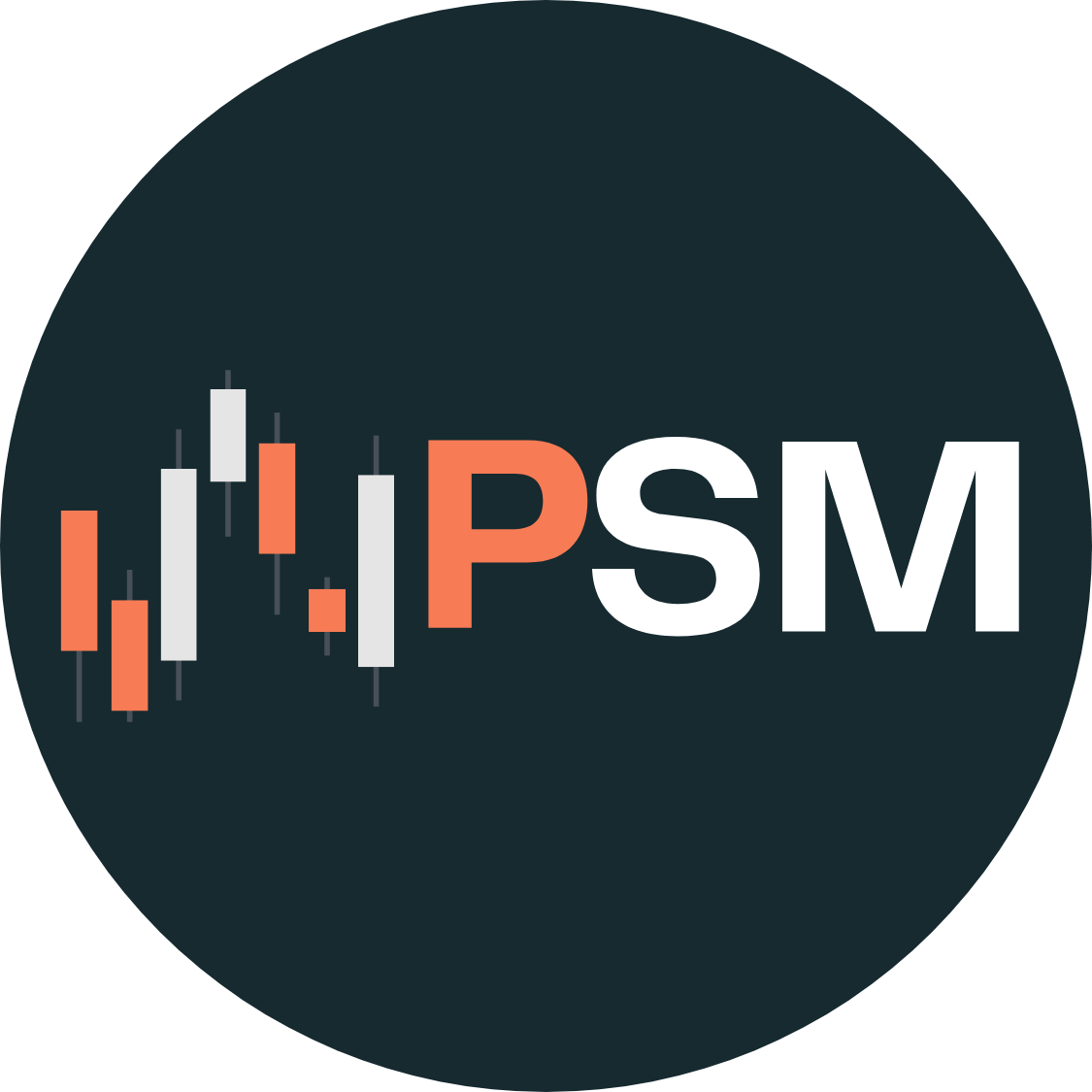San Francisco-based design software innovator Figma has increased the price range for its highly anticipated initial public offering (IPO), aiming for a valuation of approximately $18.8 billion. This adjustment signals strong investor demand and confidence in the company’s growth prospects, underscoring the bullish sentiment within the tech sector even amid a cautious market environment.
A Stronger IPO Pricing Reflects Market Validation
Originally targeting a $25 to $28 per share price range, Figma raised its IPO range to $30 to $32 per share, representing a roughly 20% increase in its offering price. At the midpoint of $31 per share, the IPO is projected to raise around $1.15 billion by selling approximately 36.9 million shares. This compares favorably with the initial estimate of about $978 million based on the earlier price band. The upward revision elevates Figma’s implied market capitalization from about $12.9 billion to nearly $18.8 billion, a significant jump that highlights renewed investor enthusiasm following the company’s recent roadshow and disclosures.
This stronger pricing adjustment comes nearly 19 months after Figma and software giant Adobe abandoned their proposed merger due to regulatory scrutiny. Since then, Figma has pursued its independence and growth strategy, buoyed by advances in cloud-based collaborative design and artificial intelligence tools for digital product creation.
Why Figma’s IPO Matters to Investors
Figma’s IPO attracts investor interest for several strategic reasons. The company occupies a leadership position in collaborative, cloud-first design software that is widely used by developers, designers, and enterprises building digital experiences. Its platform supports real-time co-editing and incorporation of AI-driven enhancements, positioning it well within the rapidly expanding software-as-a-service (SaaS) and AI sectors.
For investors, Figma represents exposure to a hybrid of SaaS and AI innovation, sectors that remain highly attractive despite recent market volatility. Its large and growing customer base — spanning startups to global enterprises — provides considerable recurring revenue visibility. The IPO could offer a new high-growth tech stock for portfolios focused on software innovation, digital transformation, and AI-infused productivity tools.
Moreover, given Figma’s prior near-merger with Adobe, its public debut introduces an interesting dynamic for stocks in the design software ecosystem. Adobe (ADBE), a dominant legacy player, might face increased competitive pressure from Figma’s continued growth and feature innovation, which could influence investor sentiment toward ADBE shares and related ETFs focused on software and cloud computing.
Broader Impact on Software and Tech Sectors
Figma’s debut will likely be a bellwether for the SaaS and software infrastructure sectors, signaling whether investors continue to reward emerging companies that combine cloud accessibility and AI capabilities. The strong demand and pricing increase could encourage other late-stage private tech companies with similar profiles to proceed with or reprice their public offerings.
The deal is being led by top-tier banks Morgan Stanley, Goldman Sachs, Allen & Company, and J.P. Morgan, reflecting confidence from institutional investors seeking exposure to innovative software platforms with compelling growth trajectories.
For the tech sector, which has seen fluctuating IPO activity over the past two years, Figma’s IPO success would underscore resilience and investor appetite for select technology leaders, particularly those with differentiated products in high-demand niches like user experience design, collaboration tools, and AI-powered software.
What Investors Should Watch Going Forward
- Valuation Sustainability: At an $18.8 billion valuation, investors will scrutinize Figma’s growth metrics, profitability path, and how it balances investment in innovation with scaling operations.
- Competitive Positioning: How Figma advances relative to Adobe and other competitors in the design software space, especially as AI evolves, will be critical for long-term upside.
- Market Conditions: Overall tech sector momentum and broader economic uncertainties could influence the initial trading performance and longer-term investor sentiment.
- Underwriter Support and Lock-Up Periods: Market stabilization after IPO lock-up expirations will be important to watch for potential share volatility.
Conclusion
Figma’s IPO price range hike and near $19 billion valuation target reflect robust investor confidence in the company’s unique position at the confluence of SaaS, AI, and digital design innovation. As the company prepares to list on the New York Stock Exchange under the ticker “FIG” later this week, institutional and retail investors alike will view this as a key indicator of market appetite for high-growth software platforms. The debut also sets the stage for increased competition and dynamism in the digital design software industry, potentially reshaping investor allocations among software giants and their challengers in the years ahead.











